My Photography Journey Begins: Capturing Life with Fujifilm
What started as a simple quest for a compact camera to replace my iPhone turned into a year-long journey through various lenses, multiple cameras, and countless research. Here's how I fell down the photography rabbit hole and discovered a new passion along the way.
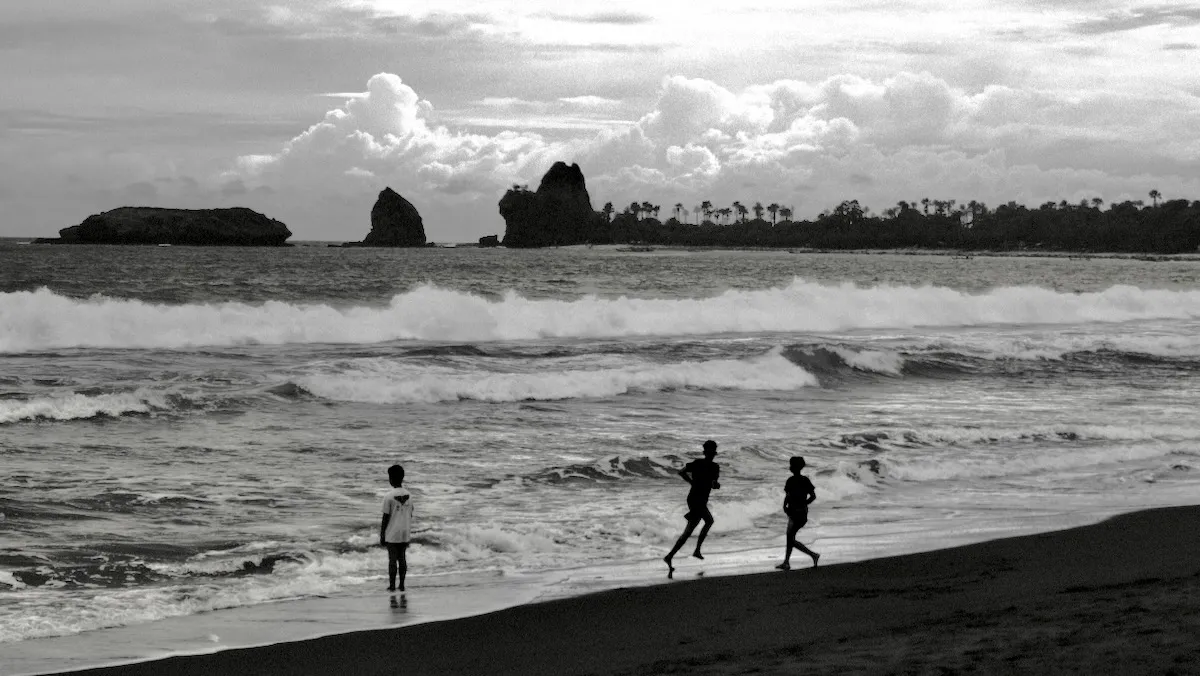
It all began with a simple goal: having a compact "real" camera to document daily family moments and roadtrips with better quality images and videos than my iPhone 13 mini.
I wanted to have high-detail images that stay sharp when viewed on any of my devices, which isn’t the case with my iPhone-captured images and videos. They looked meh when viewed on screens larger than my 5.4-inch iPhone’s: the 8.6-inch iPad Mini 6, the 12.9-inch iPad Pro M1, and especially on my 32-inch 4k BenQ EW3820U monitor. Not to say the iPhone’s images also looked plasticky, and this is even truer for images and videos taken in lower light conditions.
Yep, I know 32-inch displays ideally should have at least 5 or even 6k resolution, but Apple‘s Pro Display XDR is way beyond my budget and at the time I bought the BenQ EW3820U monitor on 2020, there was no (affordable) 5k alternatives where I live.
The Research Journey Begins…
At first, I came across the Sony RX100 series — I believe it was the Mark VII. I liked the compactness and versatility of the focal length coverage. But it’s around $1,500 investment, which felt very heavy for a 1-inch sensor camera, and especially for something released 6 years ago at that time. Sure, the quality of the images and videos is way better than the iPhones, at least from a bunch of reviews I watched and read. But still, I feel like I needed something fresh with better quality.
Then the Ricoh GR III and GR IIIx came to my radar. Oh, these 2 cameras are able to produce even better quality images, the sharpness of the images produced just unmatched in its class — this is based on the reviews and on the images I saw — and the low light photography of these APS-C cameras is much-much better than the RX100.
But turns out they're fixed focal length cameras, meaning I can't zoom in or out of the scene. I had no idea what 28mm and 40mm equivalent lengths would look like, and I'd be locked with that single focal length whether I liked it or not.
I was puzzled, as I had never encountered a "real" camera previously and was very accustomed to zooming in and out with the iPhone's camera. The inability to do that just felt weird to me at that time.
I resumed my research with this newly acquired knowledge and decided that I needed something with the flexibility of zooming in and out, or at least something that would allow me to change lenses with different focal lengths.
My research encountered some brands during this time, but none were appealing enough for me. They just looked too professional, too modern, bulky, cost four kidneys (you know, the one with the red logo), or any combination of those. I wanted something more casual with a retro look, and one I could afford.
Eventually, I came across Fujifilm cameras. I liked the compactness. The designs are very appealing and just seemed to "make sense" to me. I started to further research which models were the latest, with the assumption that "latest are greatest" (hint: I found out in a much later phase that it isn't always the case!).
The X-H2 and X-T5 were the "latest" at that time, but I dismissed them immediately due to the price. I believe it was north of $1,800 at the time – without any lenses. Way beyond my $1,000 budget. I dismissed the X-E4 and X-T30ii because they were released in 2021, already 3 years old at the time I did my research.
This was actually something I occasionally rethink even today, as either of these 2 cameras would have actually fit my needs. Additionally, they both share the same X-Trans IV sensors with the X-M5. But at that time, their prices were a bit higher than what I would comfortably spend on my first "real" camera.
Decision Made
At this time, there were rumors of a new Fujifilm camera that would launch in a few months, the X-M5, and it was within my budget, even the one bundled with a kit lens.
I ordered it as soon as the local camera store announced it. I remember how happy I was when the store contacted me a month afterward, which was also a month sooner than estimated. Went straight to the store, unboxed it, and started using it!
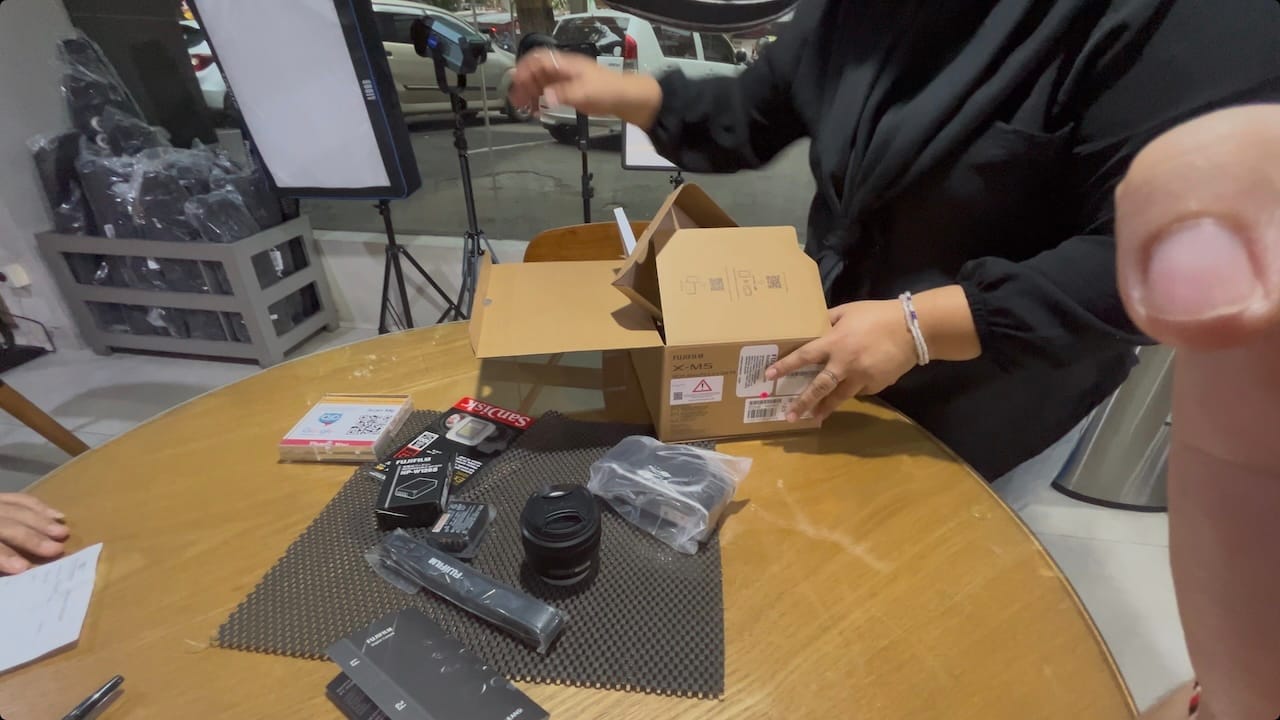
The X-M5 followed me literally every time I went outside, no matter where — during remote working in local coffee shops, weekend family outings, road trips, gatherings with extended family, you name it.
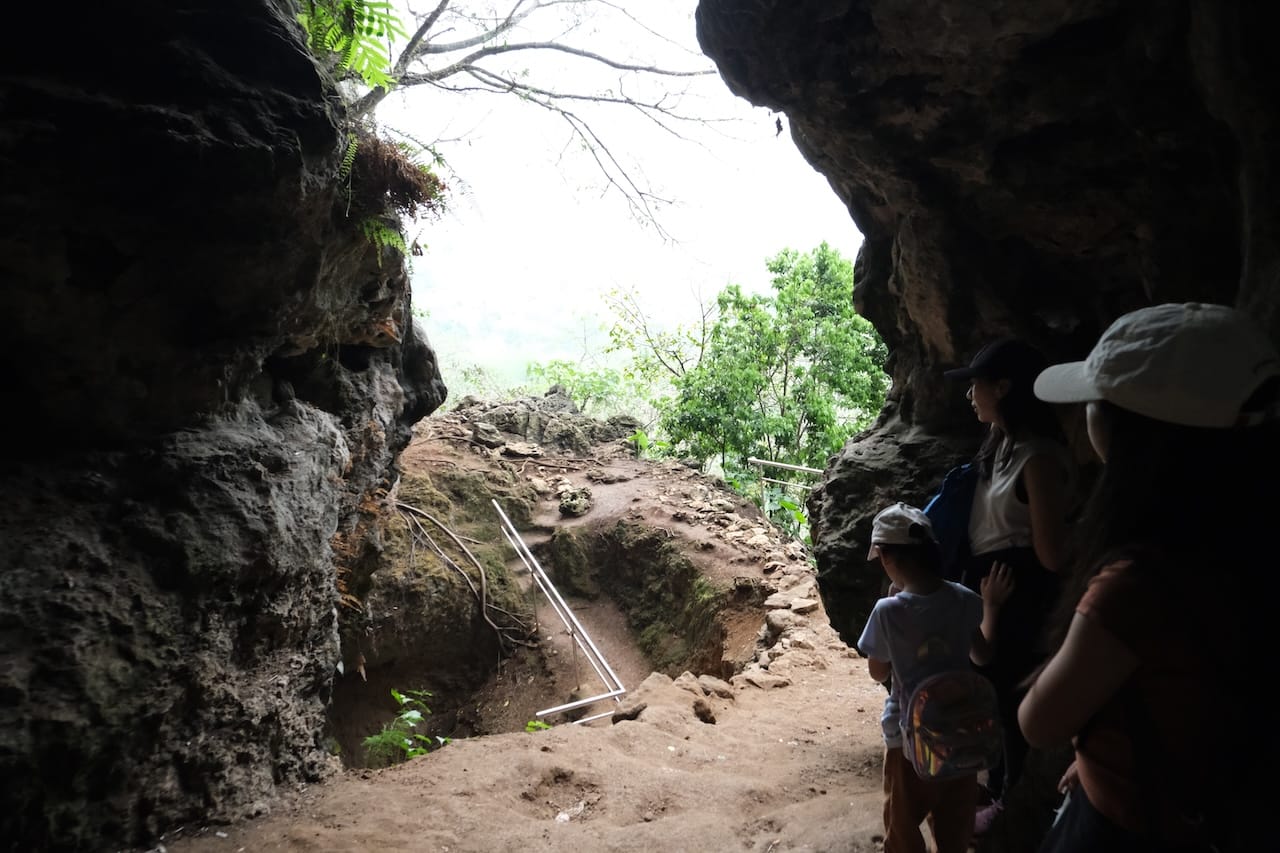
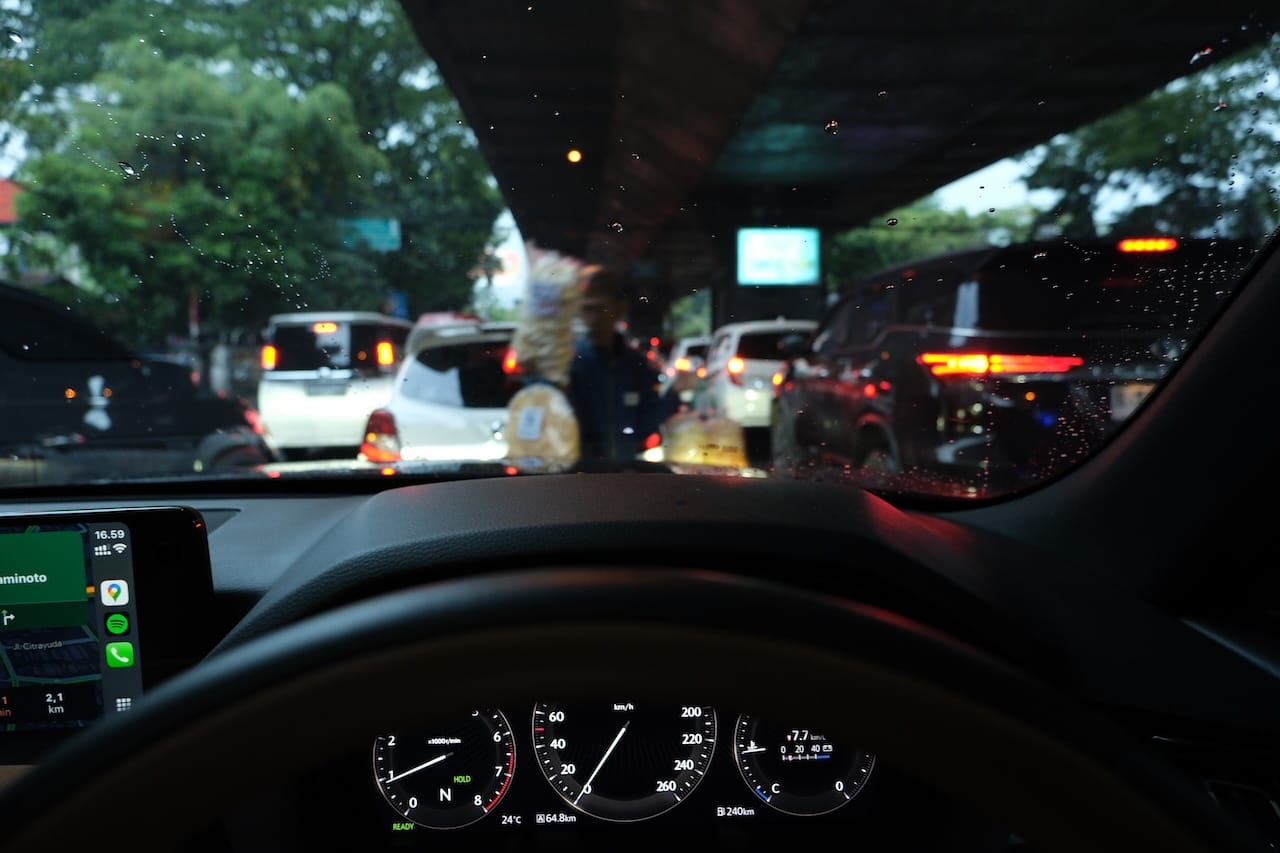
X-M5 with XC 15-45mm/3.5-5.6 OIS. First road trip, and lowlight-ish car scene.
Another Lens Enters the Scene
The reason I bought this camera was its compactness, and after a while with the kit lens, I felt the need for something even more compact. At this time, I was also intrigued with the concept of "prime lenses," which — compared to zoom or especially kit lenses — should give you better quality images, a more compact setup, and encourage you to be more creative in composing with a single focal length.
See the shift in my mindset? When I was researching the Ricoh GR, which has a single focal length, I avoided it. Yet now, I'm looking forward to it. Interesting…
That's when the TTArtisan 27mm/2.8 married my X-M5. This lens is compact enough and has a better price-to-performance ratio compared to Fujifilm's XF 27mm/2.8 R WR, from what I read, but the main consideration was the price.
I learned many things with this prime lens. Considering I used mostly the 15mm focal length with the XC 15-45mm, the 27mm feels very cramped. I have to position the camera a bit higher or farther.
I also learned something called vignetting with this lens, which is something I didn't encounter or notice with the XC 15-45mm. The vignetting, however, is automatically corrected when shooting JPEG – which was what I did during this time, as RAW was too scary, LOL.
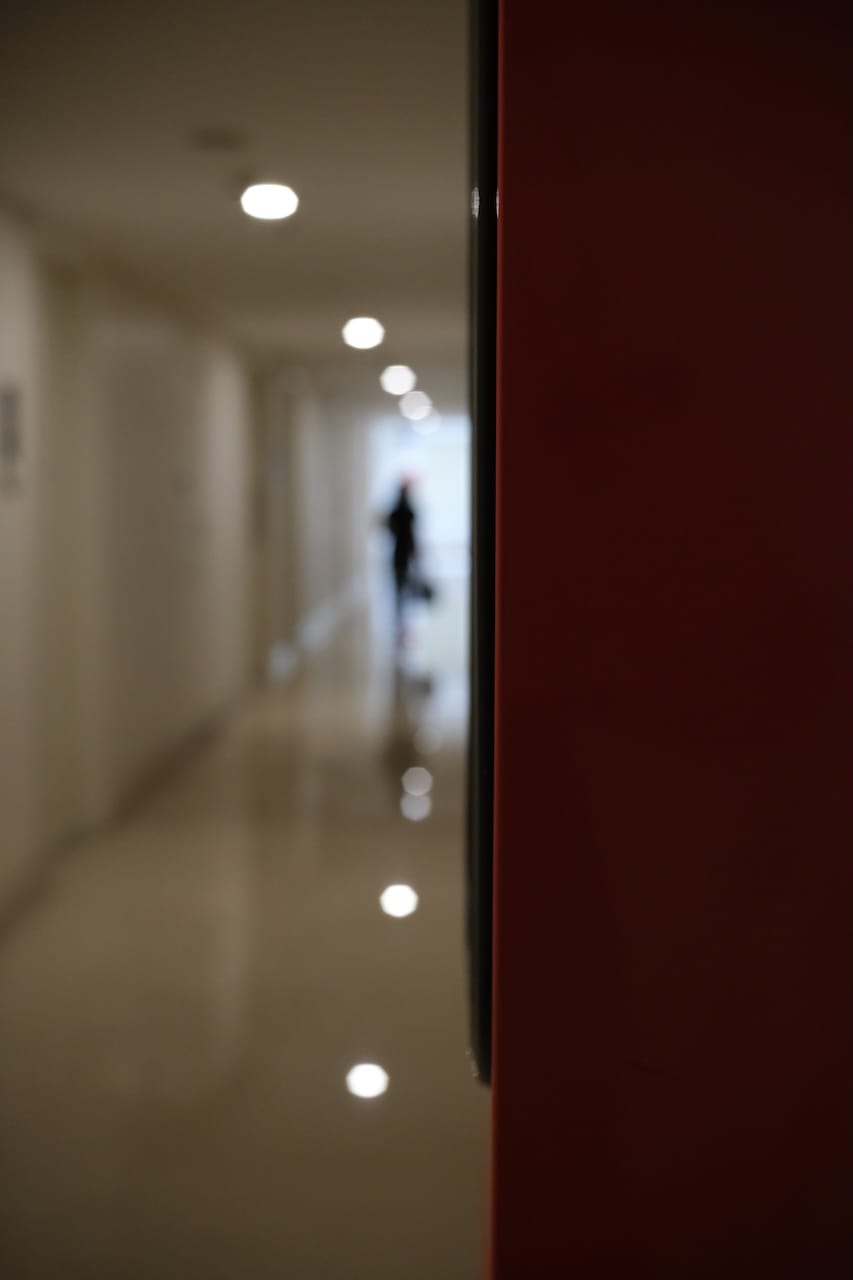

X-M5 with TTArtisan 27mm/2.8
Going Manual: A New Challenge
A few road trips went by, and I felt the need for a wider focal length to accompany me during my "nature" road trips or hiking. I was still faithful to sticking with prime lenses and my preference for a compact setup. Not many X-mount lenses have these criteria. That's when I came across the Voigtländer brand, which seemed to provide very promising image sharpness, high-contrast color rendition, and as a bonus: high-quality metal build.
The only drawback was this is a manual lens — something alien to me who had just started photography only half a year before this moment. Well, and also it's a $600 lens, so pretty costly if I couldn't adapt to it.
But the reviews I read about this lens outweighed my fear of trying something new. After all, the intention was always about having the best image quality I could in a compact setup. I bought the Voigtländer Color-Skopar 18mm/2.8, in Silver, to match my Silver X-M5.
The first shots with the Color-Skopar were jaw-dropping. I was astonished by how the color was rendered. I mean… I can feel the color! It produces contrast and saturation on another level, something that's absent in the TTArtisan 27mm images.
Sometime later, I noticed something else in the Color-Skopar images. When I focus on something "before" the infinity with a wider aperture (i.e., F2.8 to F4), the subject seems to be separated from the background as if it's a 3D image, and no, it's not the bokeh. Turns out it's called "3D pop," and Voigtländer lenses are known to have this. Some of their lenses have more defined 3D pop than others.
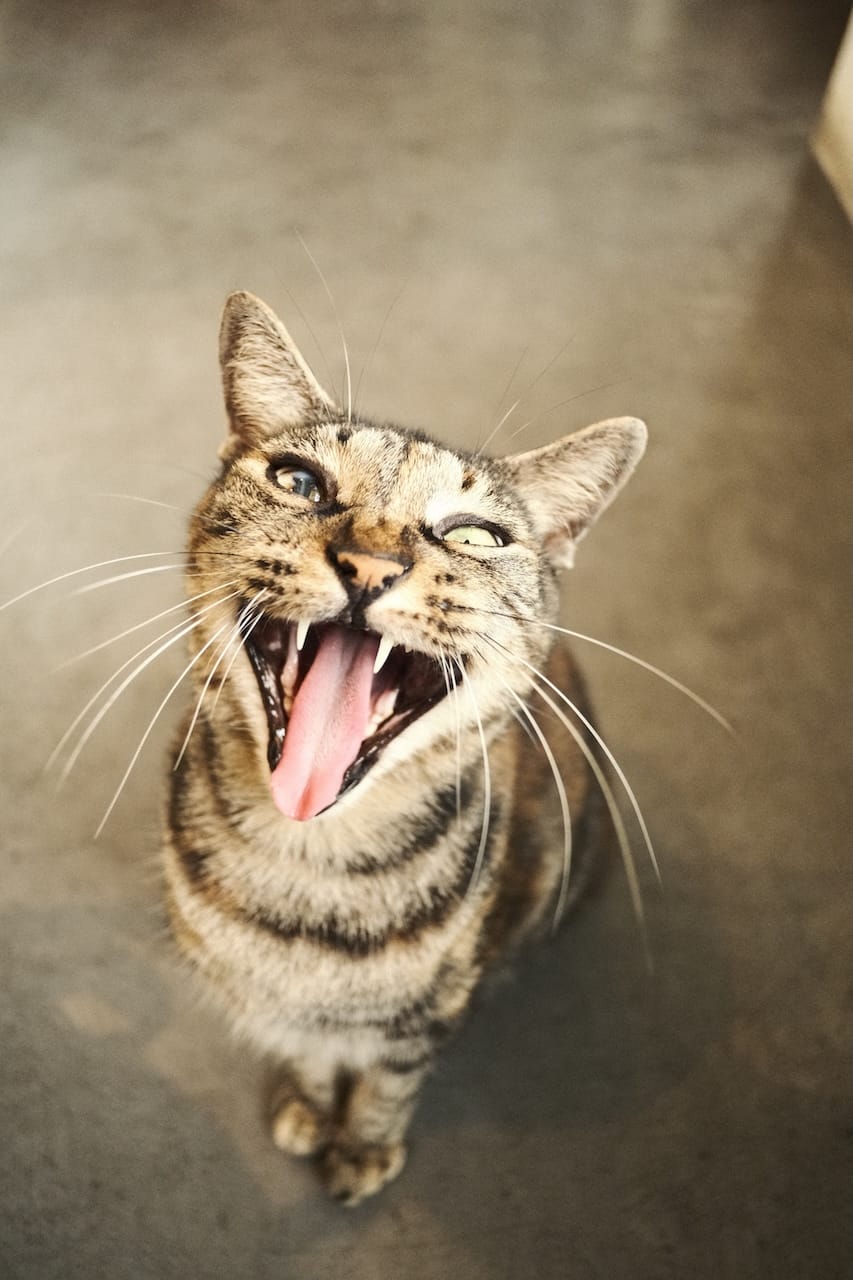
Revisiting the 27mm
Some months passed by, and at this time, the Color-Skopar was glued to the X-M5. But somehow I was possessed by yet another GAS demon that required me to revisit the 27mm focal length, preferably one from Voigtländer. While the 18mm works great for landscapes and most of my casual daily needs, I started to feel it's difficult to compose isolated subjects. I have to be so close to the subject, often resulting in an unnaturally "stretched" subject. Something I noticed just recently at this time.
Then I bought the Voigtländer Ultron 27mm/2, in Black — for a reason. It has the same compact dimensions as the Color-Skopar, the same color rendition, better 3D pop, and I feel the Ultron is a much sharper lens than the Color-Skopar. Doing portraits of my wife and daughters was truly a joy with this lens. Subject isolation is much easier without having to be too close to it. And as a bonus, low light with F2 is much more forgiving than with F2.8!
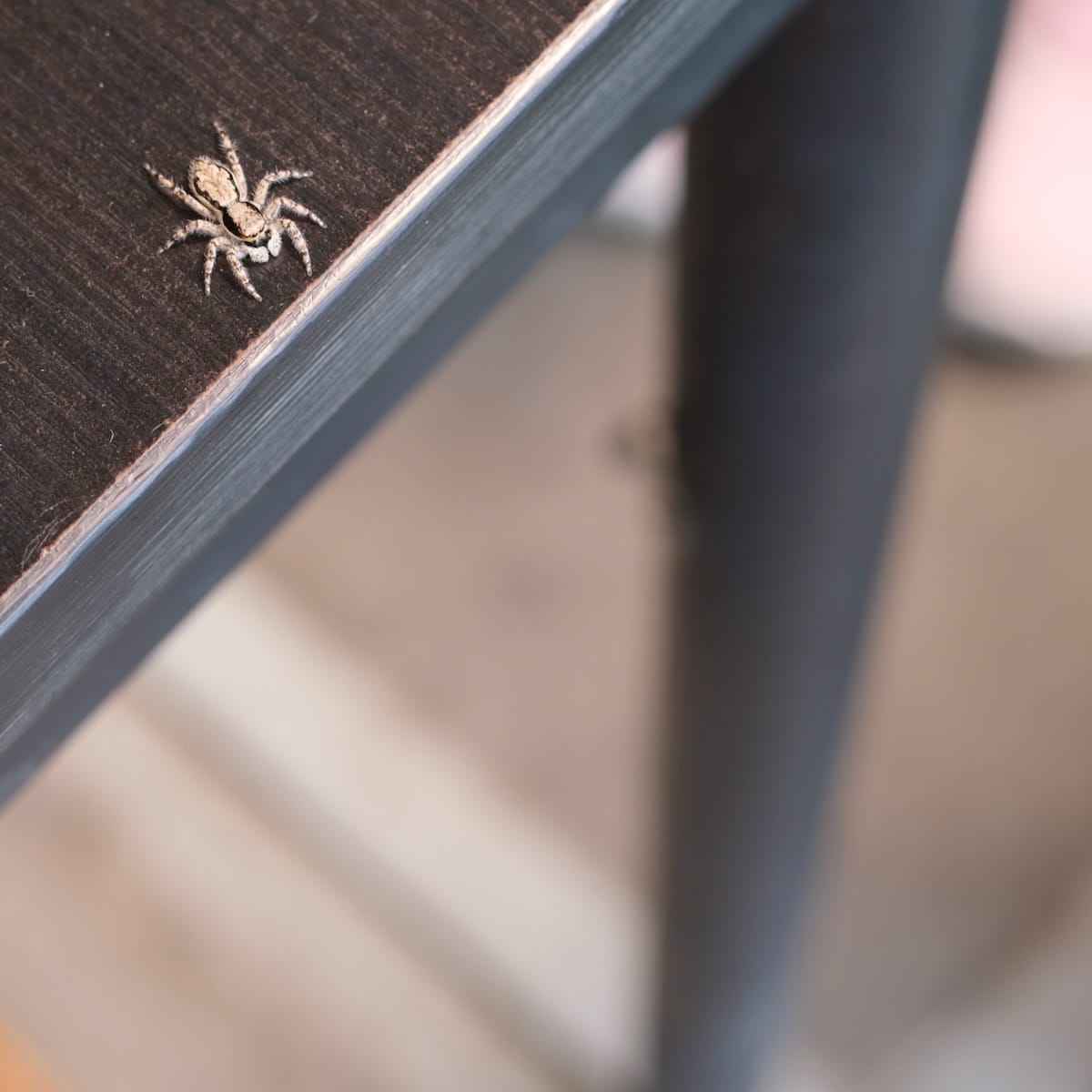
It Was Peaceful Until the GAS Demon Returned…
It's been months since I consistently using manual focus lenses, and I have been using focus peaking to nail it. It was all right most of the time, but occasionally, I faced challenging times looking at the focus peaking color in bright daylight. The X-M5 screen was unable to keep up with the sun even at +5 brightness. Other cases were when I tried to compose in cramped spaces. I was unable to properly do that when the X-M5 screen got too close to my old eyes, which have now lost their ability to see closer objects.
This is when the GAS demon intrigued me to acquire another camera with an EVF. LOL. I fired up another research session. This time, I wanted something from the X-T double-digit lineup. I had the opportunity to physically compare the X-T30ii side-by-side to my X-M5, and it isn't that much larger. I liked the independent Exposure Compensation and Shutter Speed dials and built-in flash — something I'd certainly toy with for the first few days, ha!
I liked the retro DSLR look. It has the same sensor and LCD resolution as the X-M5, but with the previous generation of X-Processor, the IV in the X-T30ii vs. the V in the X-M5.
Hmm, but the price stayed the same as when it launched years ago. Then I stumbled upon the X-T50. Yes, it was much more expensive than the X-T30ii, but it has a newer X-Trans V sensor with 40MP! And the same X-Processor as the X-M5. It also has IBIS and better LCD resolution than the X-M5. I was thinking this is the better choice to future-proof my gear. And I think I'd be able to argue with the GAS demon to leave me alone for at least 5 years with these 2 cameras in my possession.
After a month of internal mental debate hampering my sleep cycle, I finally bought the X-T50, in Black… If you remember, I bought the Ultron 27mm in Black for a reason; this camera was actually the reason — at that time, the Black X-T double-digit was already unconsciously on my wishlist.
Well, the X-T50 ticks all the boxes! I love the "analog-like" experience of this camera. The Exposure Compensation and Shutter Speed dials simplify the workflow. It's very straightforward to use without having to "juggle" the command dial as I have to do with the X-M5 — i.e., a single command dial controlling both Shutter Speed and ISO. The EVF also delivers as expected. My old eyes truly appreciate this, making the shooting experience even more enjoyable.
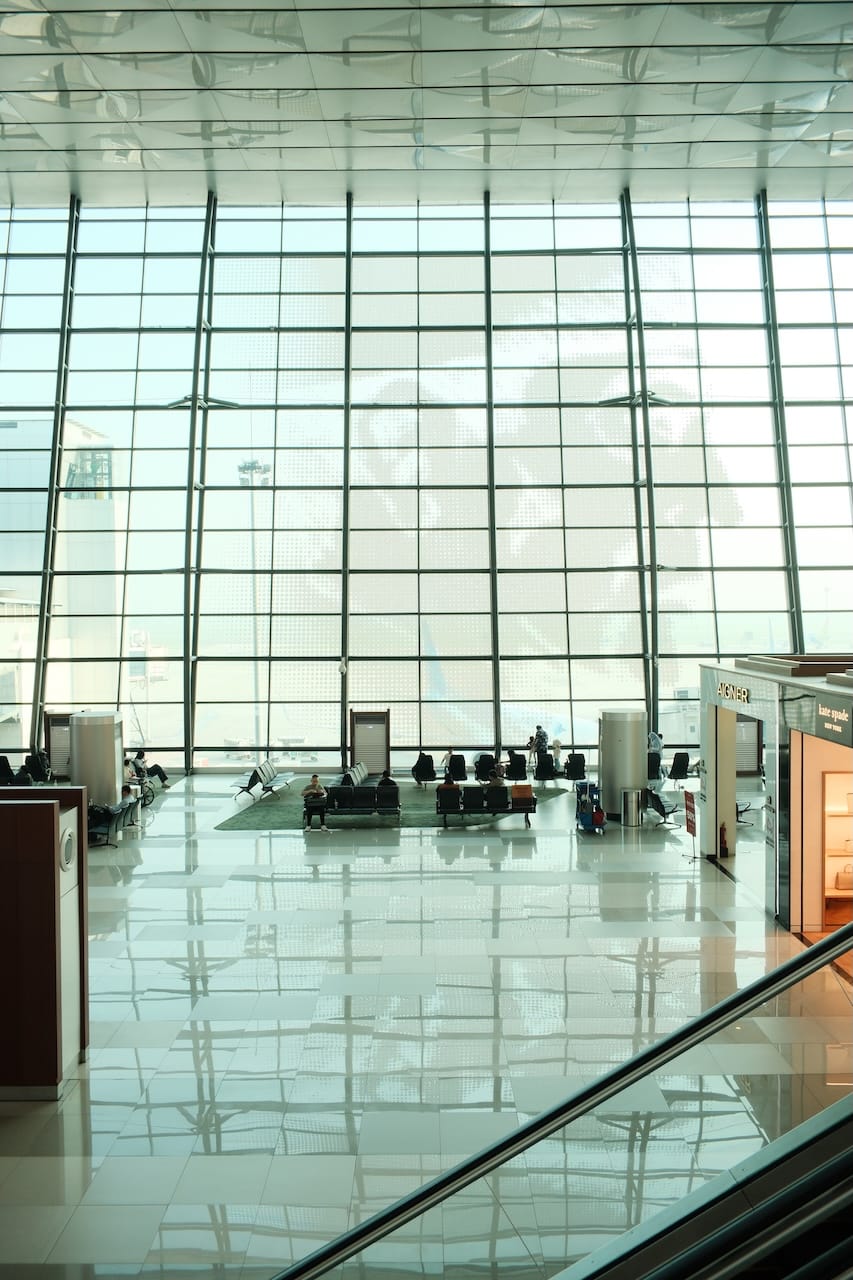
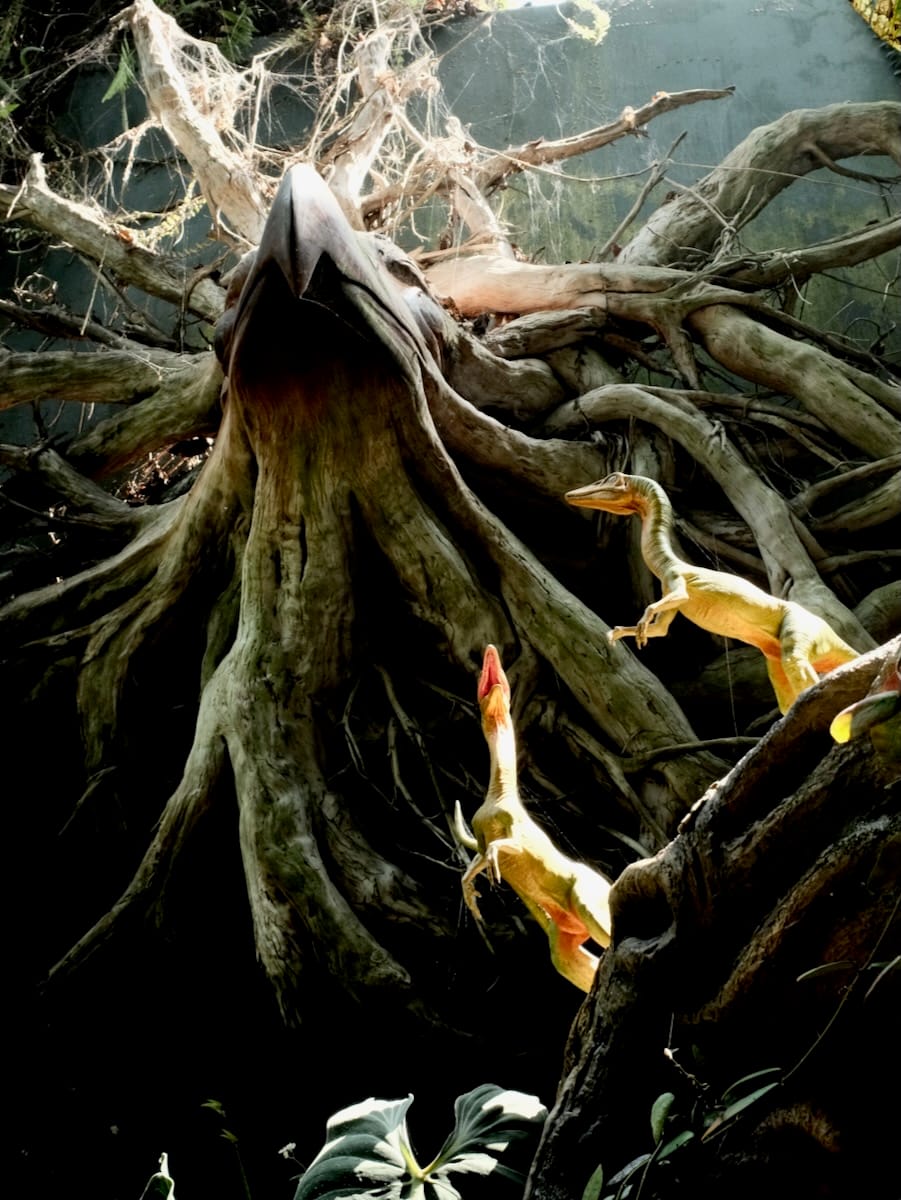
Where I Am Today
The X-T50 paired with the Ultron 27mm is my primary go-to-anywhere camera now. The X-M5 paired with the Color-Skopar 18mm became my secondary and is used mostly to record my gym sessions or when I need the wider focal length for my landscape and hiking sessions.
What started as a simple iPhone camera replacement has now turned into a photography hobby, where I keep learning new things and encourage myself to shoot every day, everywhere, without the burden of perfection.